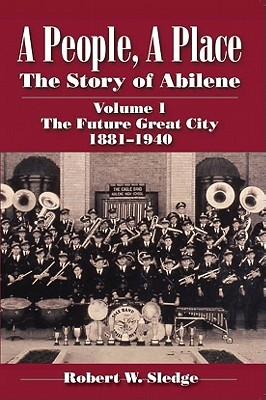Early biographers of Abilene, the present author included, laid heavy emphasis on "the people," the human element in the establishment and continuing life of the city. But the geographical characteristics of "the place" is also important in its creation, its history, and its future. The intertwining of these two themes dictated much of the story of the town called Abilene, Texas.
The Texas Pacific Railroad gave birth to Abilene in 1881. Among several dozen sister communities established along the T&P, the company designated the one at Milepost 407 to be "the future great city of West Texas." The original settlers of the town, alone among all the other railroad towns, received the right to pick their own name, and they chose "Abilene" after the raucous trailhead town in Kansas. Abilene, Texas, like its namesake, was a frontier town, less than a decade removed from Indian raids, buffalo hunts, and the open range. But on the day of the first sale of town lots, the population already stood at over 3,000- instant community.
In its first century, the city grew by fits and starts, alternating decades of rapid growth with decades of relative stability. Its economy was base originally on trade in sheep, cattle, and buffalo bones. Over the years, farming became important, the commerce, finance, education, the military, medicine, and light industry.
A People, A Place is a tale of industrious, ambitious people trying to prosper in a place with challenging climate and terrain.
